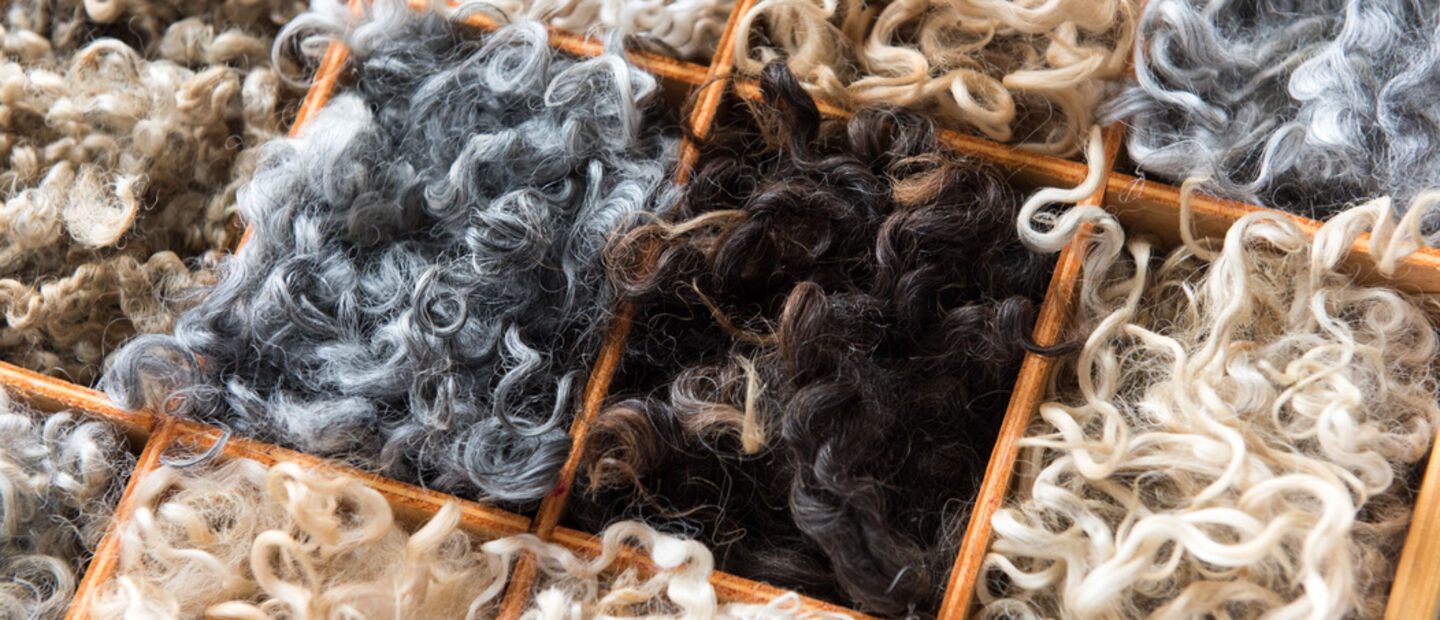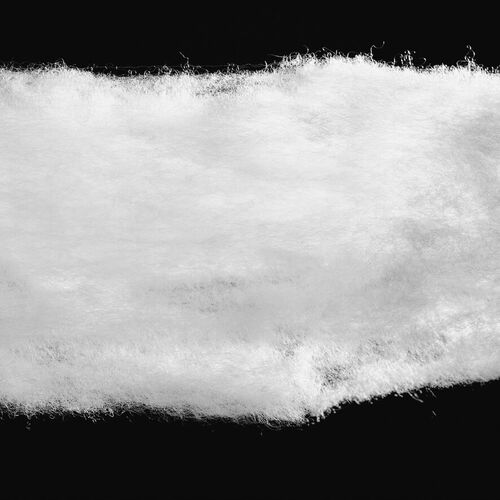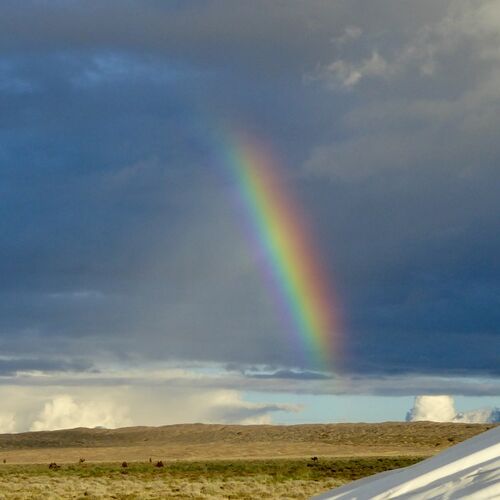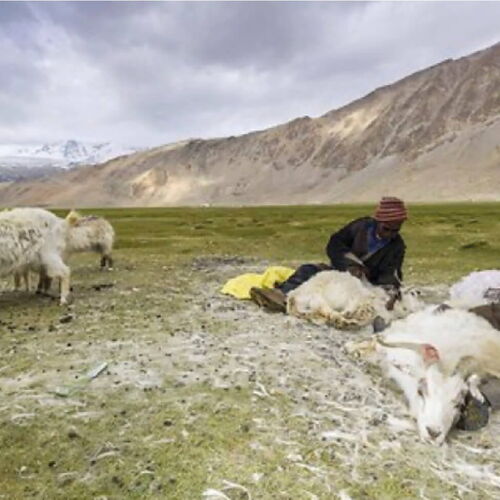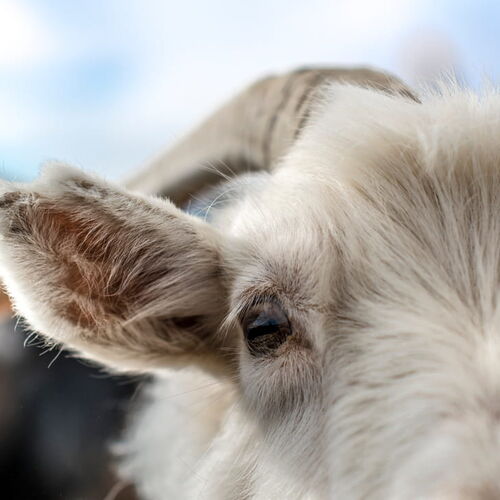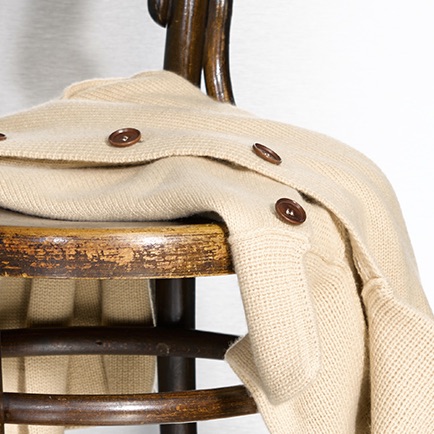
The first step in processing raw (also known as “greasy”) cashmere is to sort the fibres by quality and colour. But even before this can happen, all non-fibrous impurities must first be removed by hand. Then the fibres are sorted by fineness and length. In contrast to wool, where computer scanning is common at this stage, the sorting is handled manually by experienced and sharp-eyed workers. The next step is to sort the fibres by colour. Cashmere occurs naturally in white, red, brown and grey. Sorting by colour helps minimise the energy and dyes consumed in the downstream manufacturing process. Dark fibres are set aside for darker colours, while light-coloured fibres are reserved for medium and lighter shades. Taking our pursuit of sustainability to the next level, from late 2020, selected buttertea products will be knitted from cashmere yarn that has never seen a trace of dye. The yarns will be spun from the original undyed fibres, which means they will be available exclusively in shades currently en vogue among our four-legged colleagues in Mongolia.

